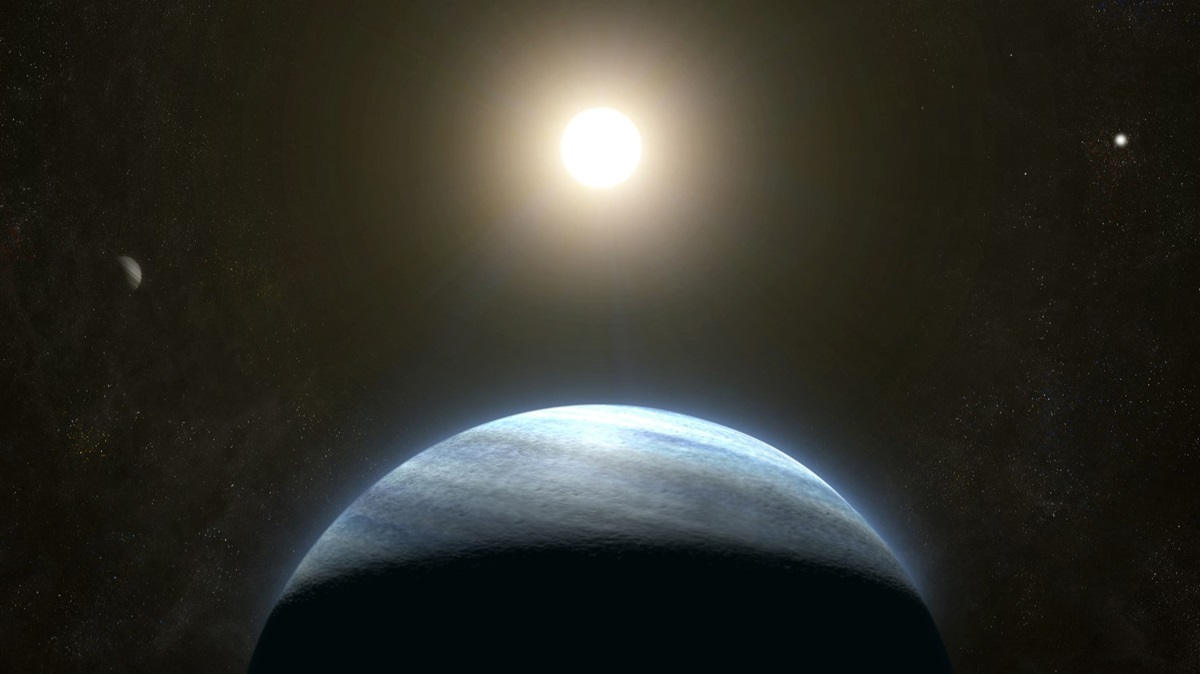A planet in a binary star system has been discovered by a group of astronomers collaborating with citizen scientists. The Neptune-sized planet, known as TOI 4633 c or Percival, orbits around a pair of stars located around 309 light-years away from Earth. Initially detected by citizen scientists reviewing data collected by NASA’s Transiting Exoplanet Survey Satellite (TESS), the planet was observed passing in front of one of its host stars, causing a temporary dimming of the star’s light. This method of detection, known as the “transit method,” typically identifies planets with orbits close to their host star. However, TOI 4633 stands out as it orbits unusually far from its star, taking 272 days to complete one orbit.
In addition to its unique orbit, TOI 4633 is a record-breaking discovery. Its star is the brightest known host of a transiting planet in a “habitable” zone, where conditions for liquid water to exist on the planet’s surface are optimal. Researchers also speculate the presence of a second planet in the system that completes an orbit around the star every 34 days. These findings are detailed in a paper published in the Astrophysical Journal.
Lead author Nora Eisner, a research fellow at the Flatiron Institute’s Center for Computational Astrophysics in New York City, highlights the significance of discovering planets in multi-star systems for a deeper understanding of planet formation. Citizen scientist Simon Bentzen, who has been involved with Planet Hunters TESS since 2018, expresses his excitement in contributing to the discovery of the new system and the potential insights it could offer into planetary science.
Through the Planet Hunters project, TESS has engaged over 43,000 volunteers from 90 countries to assist in cataloging about 25 million objects. Upon receiving reports from 15 citizen scientists flagging a possible new planet, Eisner’s team conducted follow-up studies that confirmed the existence of TOI 4633. The discovery of this planet opens up possibilities for further exploration, such as the potential presence of a moon with a solid surface that could be conducive to finding water.
